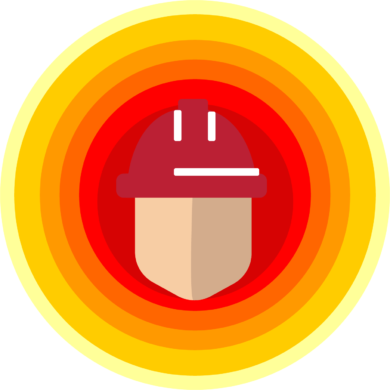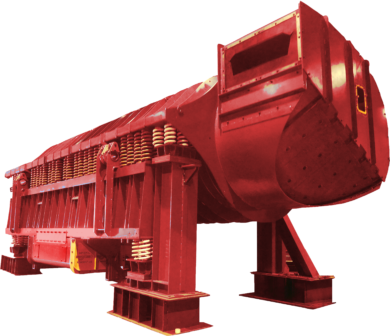
Don’t miss: Foundry Safety Part 1: Noise Control
Foundry Safety Part 2: Dust Control
When it comes to heat in the foundry, there are a myriad of issues that may arise. We talked about how heat can kick silica dust into the air in the last segment, but what effect does heat have on the human body?
Health Hazards
Internal
Health hazards for heat are both internal and external. Internal body temperature stressors include:
- Heat rash- a rash on the skin in which infections may occur.
- Heat Cramps- muscle spasms that can be painful.
- Fainting- a collapse caused by pooling blood.
- Heat exhaustion- fatigue accompanied by excessive sweating, nausea, headache, flushed skin, and other varying side effects.
- Heat Stroke- mental confusion accompanied with an irregular heartbeat, skin discoloration, and convulsions, along with other varying side effects.
Treatments for internal heat issues range from lying down and drinking fluids to emergency medical attention. It is important to know how to react when a co-worker is suffering from a heat-related emergency, so have a plan in place. Those suffering from heat-related illness are not always aware that it is happening. Keep an eye out for mental confusion or irregular activities.
External
External heat hazards appear in the form of burns and blistering in the foundry environment when improper handling of castings occur. The industry standard for casting temperature and personal exposure is 180°F (80°C) due to blast temperature limits. If these limits are met or exceeded without the presence of PPE (Personal Protective Equipment) it will result in burns.
Different levels of burns to be aware of:
- First-degree burn- skin will be red and sore.
- Second-degree burn- skin will be blistered and feel thick.
- Third-degree burn- skin will appear white and leathery.
Treatment for burns ranges from ointment to emergency medical care. Make sure you know what your company protocol is for each type of burn so that you can respond quickly.
Exposure limits
As mentioned above, the industry standard for casting temperature and personal exposure is 180°F (80°C). When it comes to an environmental working limit for heat, the lines become a bit blurry. Most agencies do not give a specific temperature due to the varying factors of working conditions. Heat can come off castings thereby generating an oppressive environment; but also be contributed to by environmental factors such as humidity and stagnant air.
When a worker’s body temperature reaches 100°F (38°C) working conditions are not safe. Work becomes strenuous and measures will need to be taken to increase cooling airflow and reduce heat.
Ways to limit heat exposure
PPE- Personal Protective Equipment such as gloves or air-conditioned suits can protect workers from burns and heat exhaustion.
Relocation- Relocating an operator away from the source of heat is always a great way to protect workers, however, depending on the type of work it is not always a viable option.
Rotations- Rotating operators to limit individual exposure to heat is a great way to reduce exposure.
Air Draft- Improving airflow to cool operators is another way to provide a better environment.
Conditioned Rooms- Having a room to cool off in is not only a good idea to keep body temperatures low regularly but great to have on hand when a worker is suffering from a heat-related illness.
Cooler Castings- Improve your foundry process by making sure castings are cooler before they even reach the operators. This can eliminate the risk of burns completely.
General Kinematics has been dedicated to worker safety from day one. The VIBRA-DRUM® Sand Casting Conditioner is a triple threat, virtually eliminating exposure to silica dust, reducing noise with it’s fully enclosed design, and cooling castings before coming in contact with the operators.
For further questions on foundry equipment or how to make your foundry a safer place to work, contact me.







